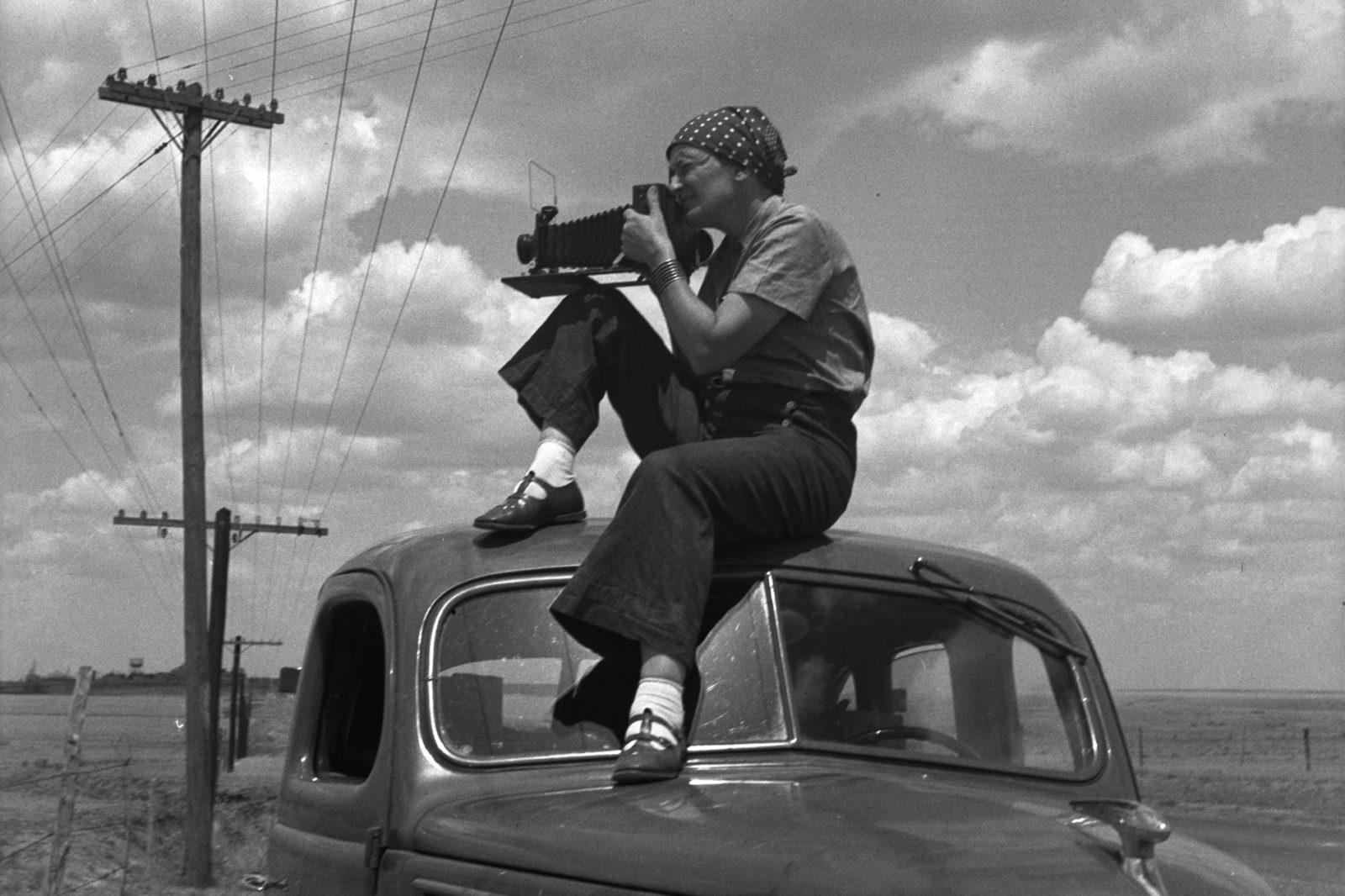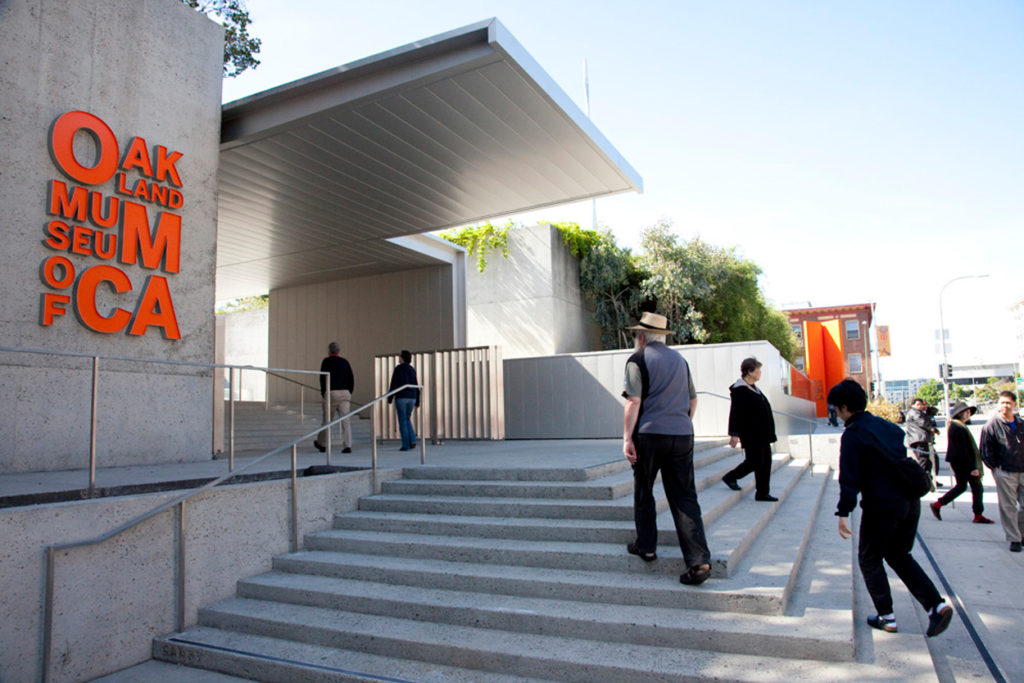
About Dorothea Lange
The camera is a great teacher, and the more people use it the more aware they become of the possibilities of the visual world.
Dorothea Lange is recognized as one of the most important photographers of the 20th century.
Dorothea Lange (1895–1965) was one of the most important artists of the 20th century. She documented American life with riveting, intimate photographs that captured the human face of national events. Best known for iconic images of migrant farmworkers during the Depression of the 1930s, her many other projects include photographs of urban homelessness and Japanese American citizens incarcerated during World War II. Later work addressed community displacement, the urban criminal justice system, and rural life in Europe, Asia, and Africa.
Upon her death in 1965, Lange’s husband Paul S. Taylor donated her personal archive of more than 40,000 original negatives and 6,000 vintage prints to the Oakland Museum of California. The gift also included field notes, personal correspondence, proof sheets, audio tapes, and other material that tell the story of Lange’s documentary process. OMCA’s archive is the most complete collection of Lange’s work anywhere. Curators and researchers visit it from around the world.
Though rooted in historical events, Lange’s photographs make powerful connections to important themes and events of today. Above all, they demonstrate how empathy and compassion—focused through art—can sway minds and prompt change.

About OMCA
The mission of the Oakland Museum of California is to inspire all Californians to create a more vibrant future for themselves and their communities.
When the Oakland Museum of California (OMCA) first opened its doors fifty years ago in 1969, it brought together three historically independent disciplines—art, history, and natural sciences—under one roof. This progressive multidisciplinary approach was to celebrate the many facets of California. Our collections—comprising more than 1.9 million objects including seminal art works, historical artifacts, ethnographic objects, natural specimens, and photographs—and our programs explore and reveal the factors that shape California character and identity, from its extraordinary natural landscapes, to successive waves of migration, to its unique culture of creativity and innovation.
OMCA has reopened its galleries after a transformation that touches almost every aspect of the 300,000 square-foot Museum and builds on the founders’ original multidisciplinary and civic-minded intent by improving integration of OMCA’s collections and programs, strengthening its role as a public forum, and creating new opportunities for visitor participation.
The collections are animated by innovative interpretive tools and interactive features; and new gathering spaces and program areas engage visitors and encourage them to share their own perspectives, questions, and stories.
OMCA nurtures its deep ties to the community by offering many educational and outreach programs. We welcome schools, scholars, local audiences, and all visitors to participate in our events and activities and to discover their place in California’s past, present, and future.